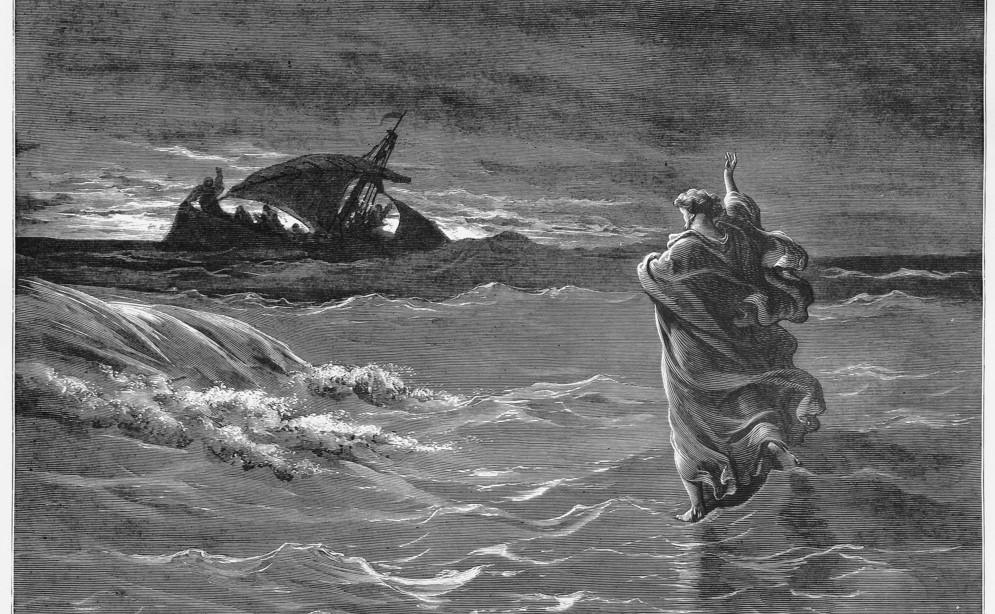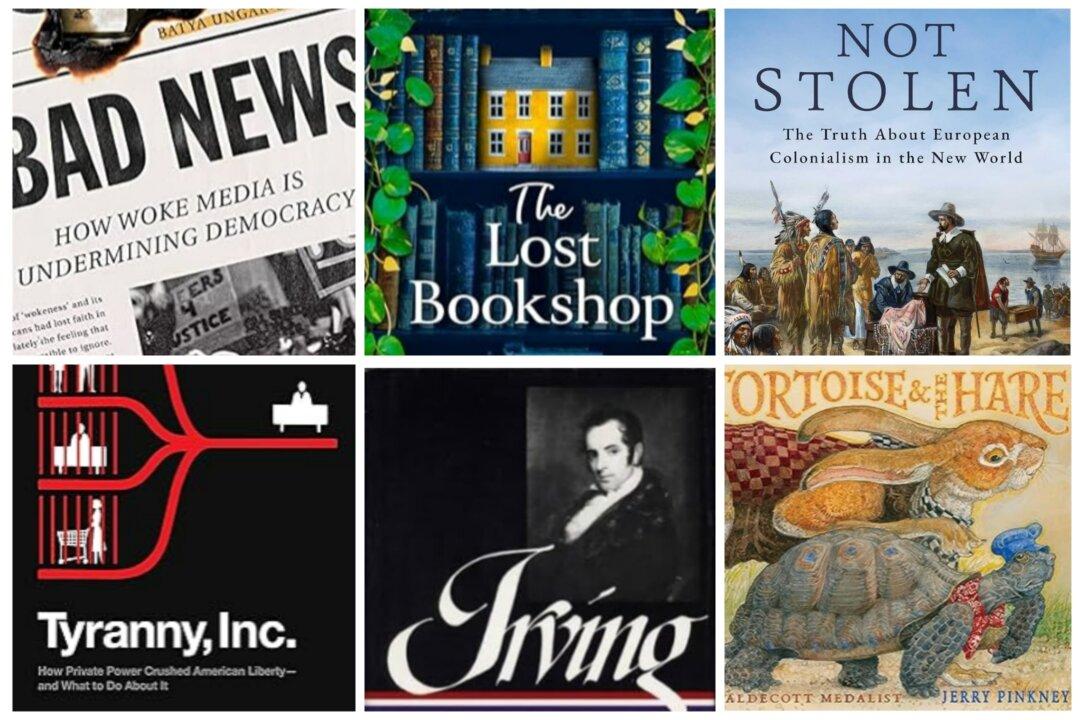In John Coleman’s “Miracles,” his protagonist, Jaime Halasz, is a young, ambitious reporter with a newspaper in Atlanta, Georgia. She is, by nature, skeptical and would not consider herself a person of faith. She is more likely an agnostic, or a nonbeliever.
Her gathering of the facts in this story requires much more than a notepad, a pen, and her phone recorder. What she’s seeing and hearing causes her to continually question what is real and what isn’t. She’s dealing with happenings that are beyond belief. She searches for clear-cut answers and easy explanations of what she is witnessing firsthand.






